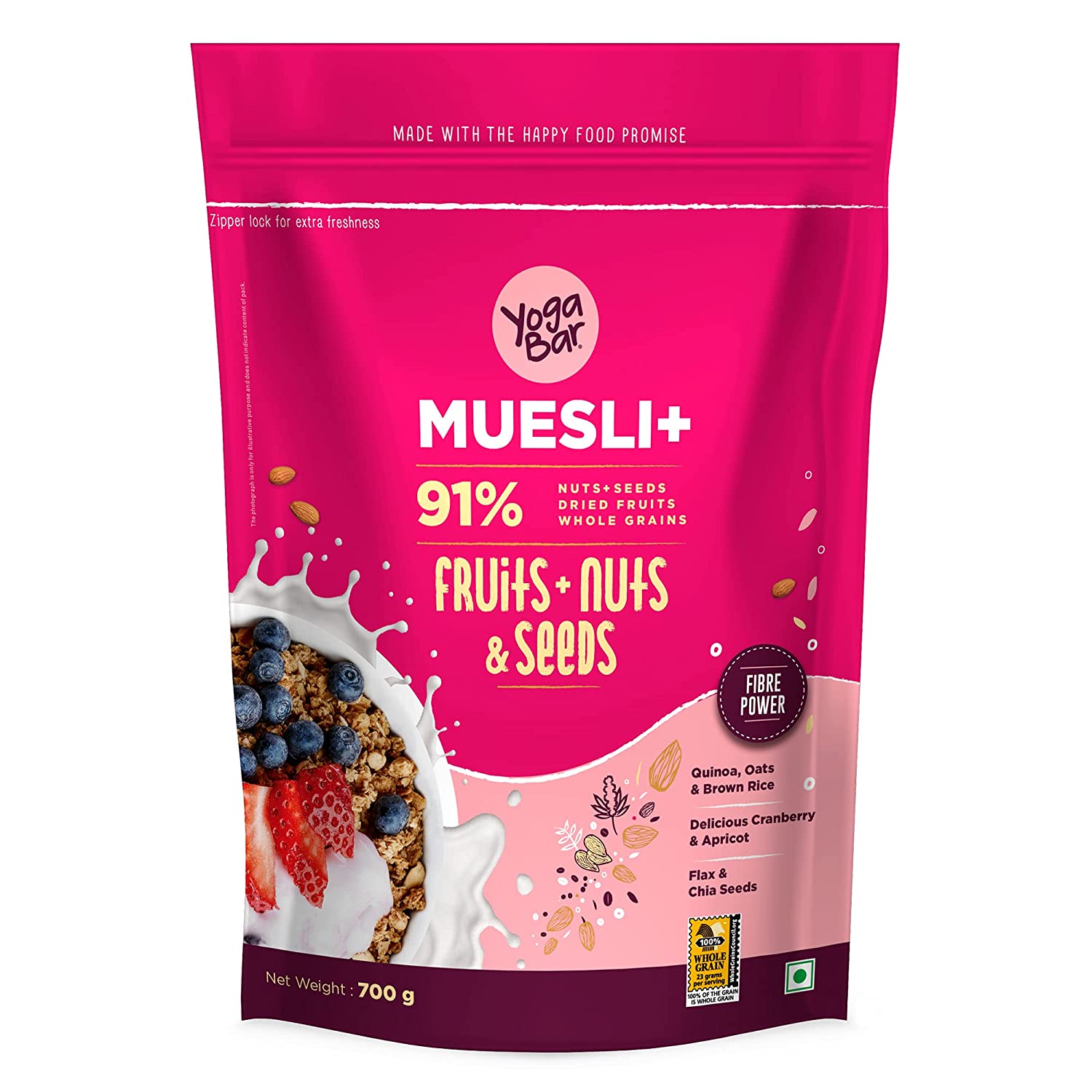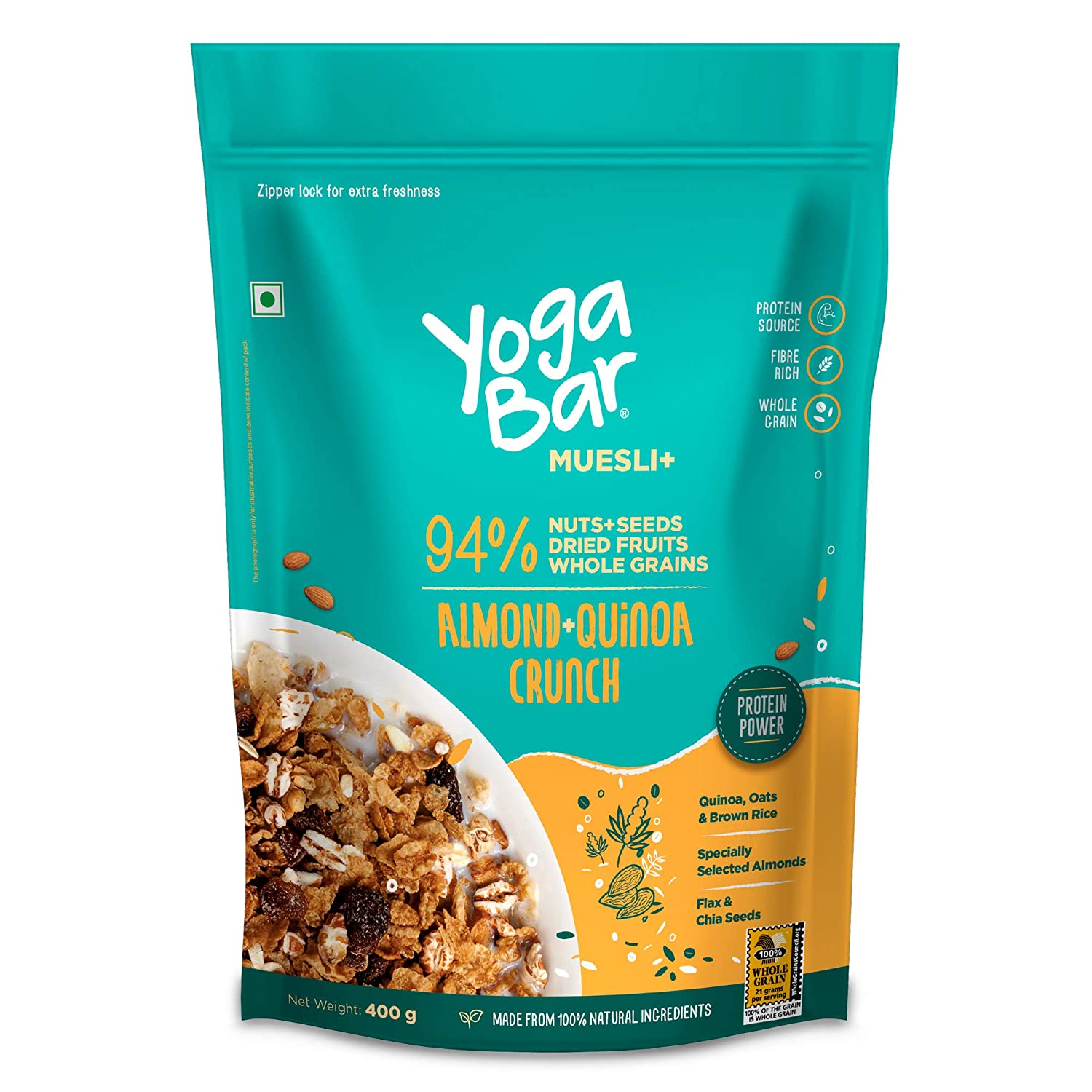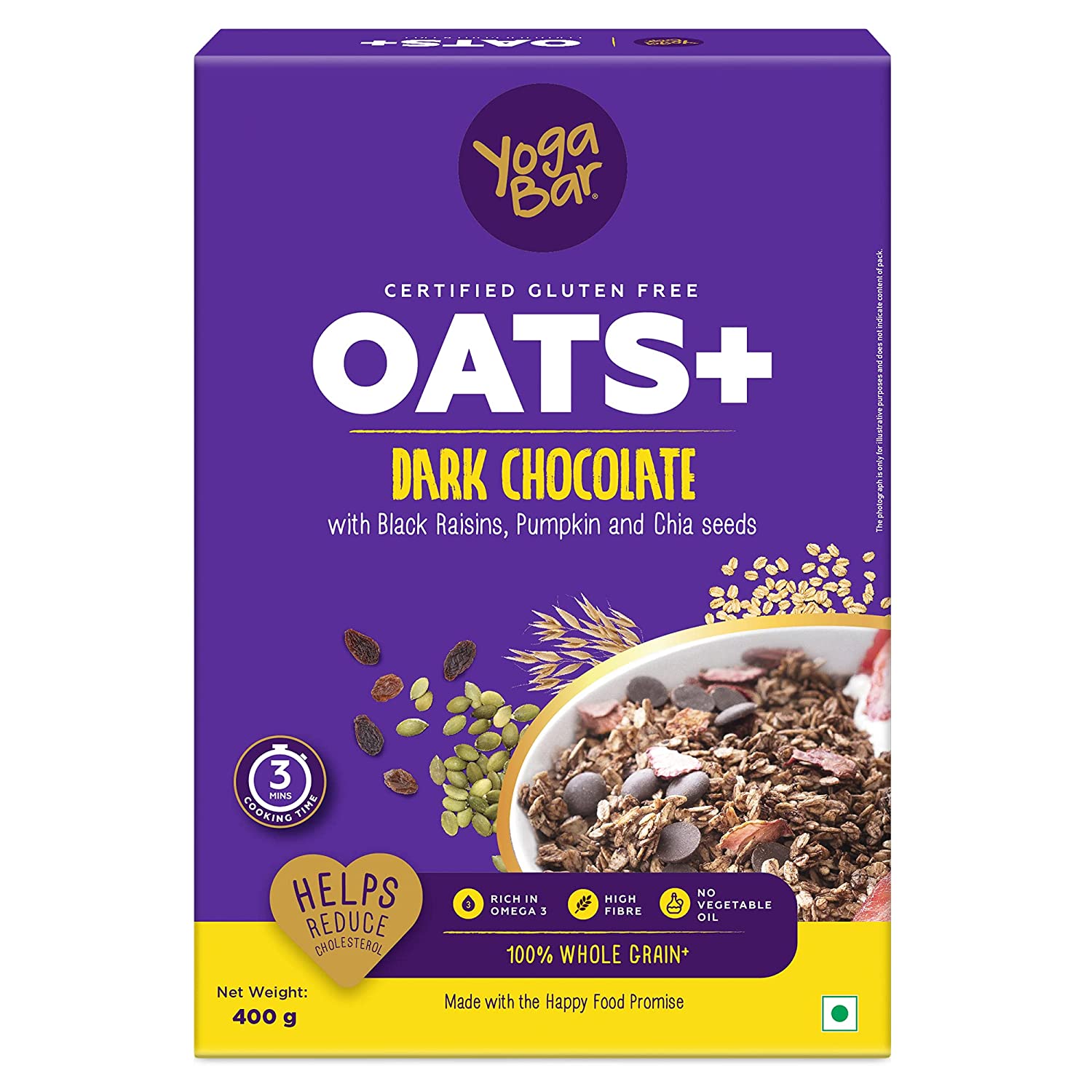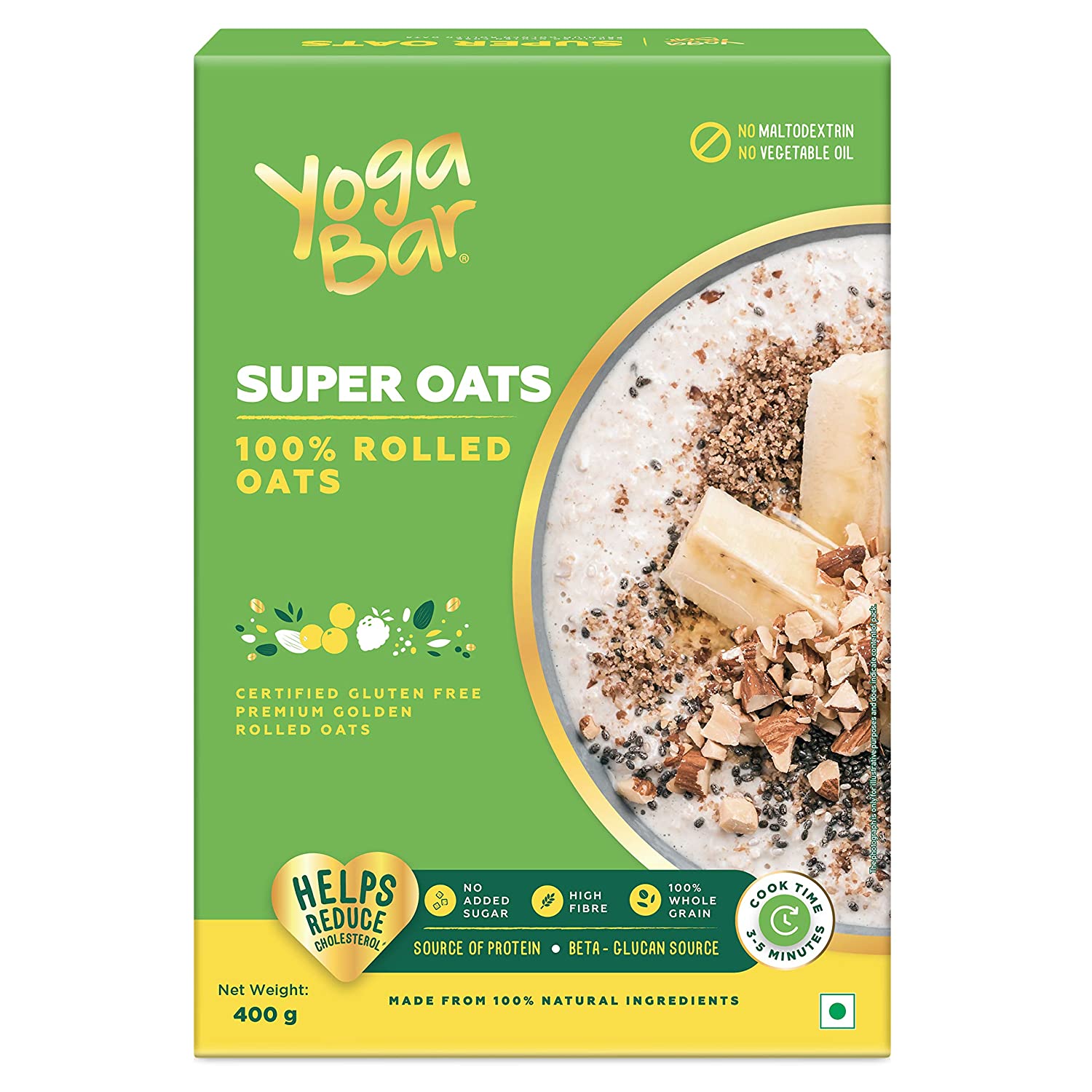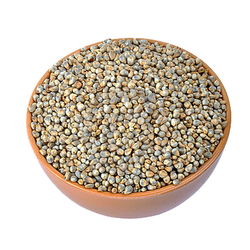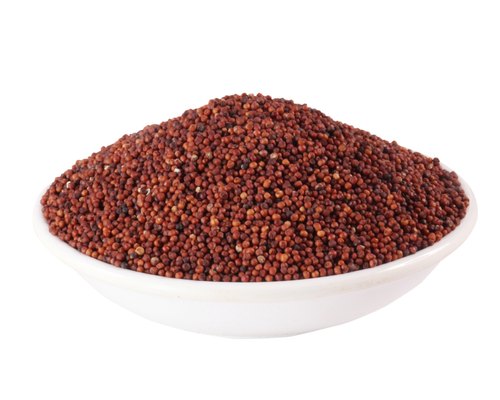Omega 3 (Alpha Linolenic)
Macronutrient
Last update date: October 11, 2023
Omega 3 is an integral part of cell membranes and reduces the risk of cardiovascular diseases. It may help prevent and treat depression and anxiety.
Frequently Asked Questions
1.
What is Omega 3 (Alpha Linolenic)?
Alpha-linolenic acid is a type of omega-3 fatty acid found in plants. It is found in flaxseed oil, and in canola, soy, perilla, and walnut oils. Alpha-linolenic acid is similar to the omega-3 fatty acids that are in fish oil, called eicosapentaenoic acid (EPA) and docosahexaenoic acid (DHA). Your body can change alpha-linolenic acid into EPA and DHA. However, some researchers suggest that less than 1% of ALA is converted to physiologically effective levels of EPA and DHA.
2.
What is positive impact of Omega 3 (Alpha Linolenic)?
Alpha-linolenic acid (ALA) has been associated with various positive effects on your health. Here are some potential benefits: Reducing the risk of atherosclerosis: Consuming a diet high in alpha-linolenic acid has been linked to a decrease in the buildup of fatty deposits, known as plaque, in the arteries. Lowering the risk of heart disease and heart attacks: Long-term, high dietary intake of alpha-linolenic acid has shown promising results in reducing the risk of a first heart attack by as much as 59% in both men and women Managing high blood pressure: Including alpha-linolenic acid in your diet has been associated with a reduced risk of hypertension. Consuming a diet rich in this nutrient may lower your chances of developing high blood pressure by approximately one-third. Reducing the risk of pneumonia: Research suggests that a high dietary intake of alpha-linolenic acid may contribute to a lower risk of acquiring pneumonia, a respiratory infection.
3.
What is negative impact of Omega 3 (Alpha Linolenic)?
For most adults, alpha-linolenic acid is considered safe when consumed in amounts found in foods. However, there is limited information available regarding its safety in higher amounts. ALA obtained from food sources is generally well-tolerated. It is important to note that alpha-linolenic acid is high in calories, so excessive consumption may lead to weight gain.
4.
Who should avoid Omega 3 (Alpha Linolenic)?
There are no specific groups of people who need to avoid alpha-linolenic acid. However, if you have any pre-existing medical conditions or dietary restrictions, it is always advisable to consult with a healthcare professional or a registered dietitian before making significant changes to your diet.
5.
What are common sources of Omega 3 (Alpha Linolenic)?
You can incorporate alpha-linolenic acid into your diet by including the following food sources: Flaxseeds and flaxseed oil: These tiny seeds and their oil are rich sources of ALA. Canola (rapeseed) oil: It contains a significant amount of ALA and can be used for cooking or in salad dressings. Soybeans and soybean oil: Soy products, including soybeans and their oil, provide a good amount of ALA. Pumpkin seeds and pumpkin seed oil: These seeds and their oil are not only tasty but also a great source of ALA. Perilla seed oil: Derived from the seeds of the perilla plant, this oil is rich in ALA and commonly used in Asian cuisines.



